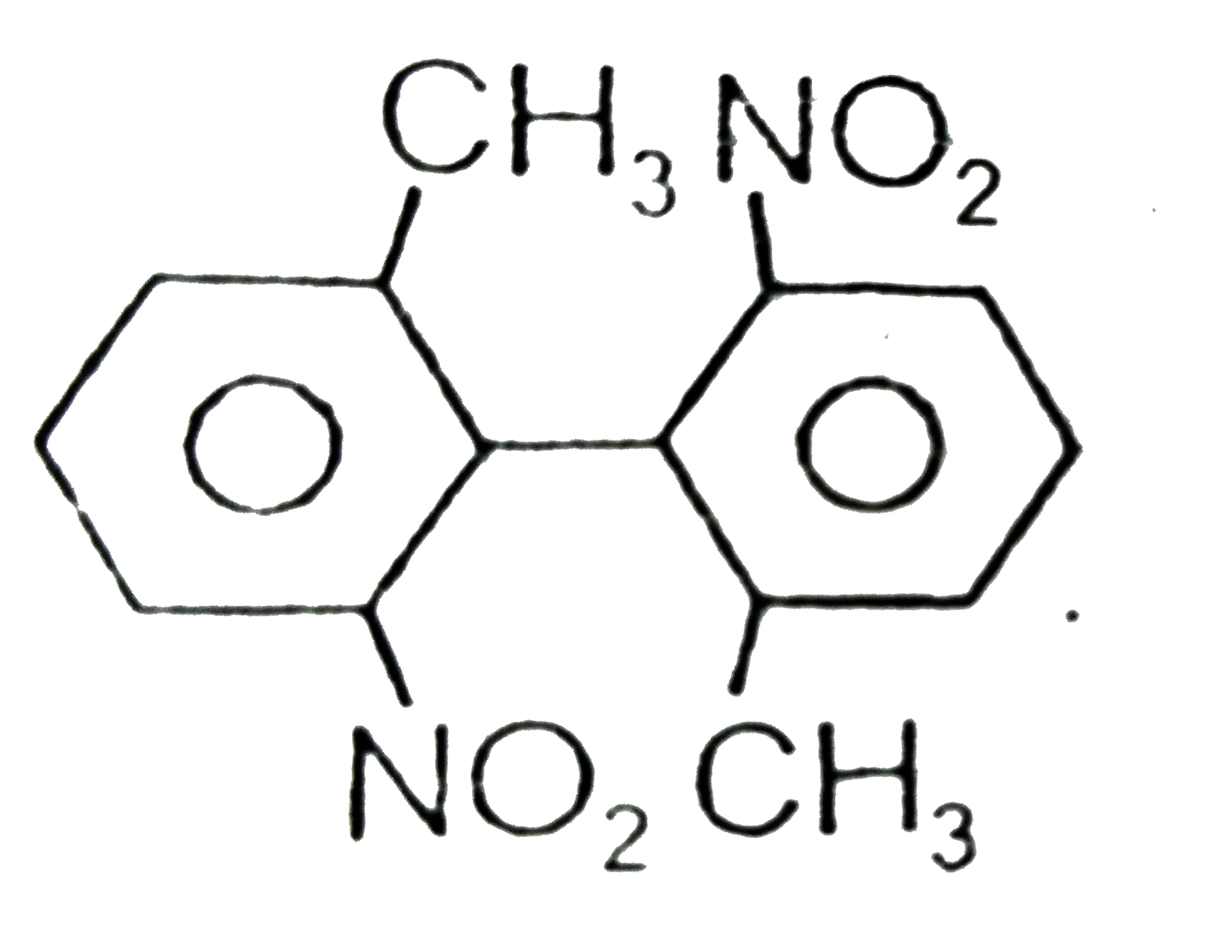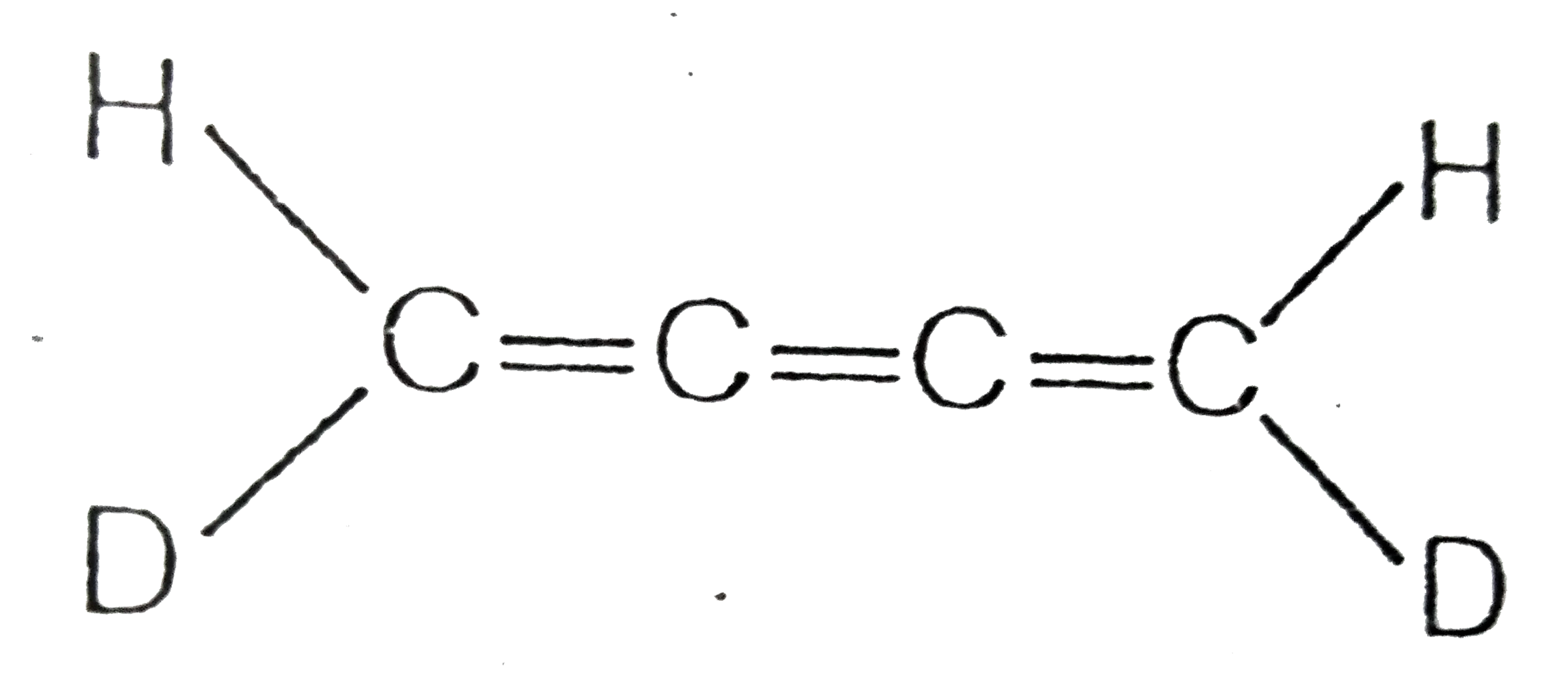Plane polarised light & optical activity|Molecular Asymmetry & chirality of objects |Chiral or Asymmetric centre|Enantiomers
Step by step video solution for Plane polarised light & optical activity|Molecular Asymmetry & chirality of objects |Chiral or Asymmetric centre|Enantiomers by Chemistry experts to help you in doubts & scoring excellent marks in Class 12 exams.
Similar Questions
Knowledge Check
- Question 1 - Select One
Compound which rotates the plane polarised light is known as optically active compound . On the basis of direction of rotation two forms of an optically active compounds are termed as dextro and laevo rotatory . The two are termed as enantiomers . If we have a 1 : 1 mixture of d and l isomers of a given chiral compound , optical rotation of such mixture is zero Such a mixture is optically inactive and is called a recemic modification.
The net specific rotation of any mixture of the d and isomers of a given chiral compound is equal to the weighted average of the rotations due to both the isomers Mathematically if can be expressed as :
[α]≠t=fd[αd]+f1[αl]
Where fa and fl are fractions of d and l isomers respectively and [αd],[αl] are their specific rotations
Which of the following molecule can resolved into enantiomers ?A B
B C
C DAll of these
DAll of these - Question 2 - Select One
Compound which rotates the plane polarised light is known as optically active compound . On the basis of direction of rotation two forms of an optically active compounds are termed as dextro and laevo rotatory . The two are termed as enantiomers . If we have a 1 : 1 mixture of d and l isomers of a given chiral compound , optical rotation of such mixture is zero Such a mixture is optically inactive and is called a recemic modification.
The net specific rotation of any mixture of the d and isomers of a given chiral compound is equal to the weighted average of the rotations due to both the isomers Mathematically if can be expressed as :
[α]≠t=fd[αd]+f1[αl]
Where fa and fl are fractions of d and l isomers respectively and [αd],[αl] are their specific rotations
What is the enantiomeric excess in any pure sample of an optically active substance ?A0.5B1C0DDepends upon the specific rotation
Optical Activity in Molecules || Single Chiral Molecules
View SolutionMolecular representation fisher projection chiral center
View SolutionMolecular with one chiral center enentiomers diastereomers
View SolutionIsomerism : optical activity in zero chiral molecules, chiral atoms and chiral molecules, optical activity and optical isomerism
View SolutionSymmetry in Compounds | Chirality and Enantiomers
View SolutionState whether the following statements are true or false.
a. D and L stereoisomers are enantiomers.
b. D enantiomer rotates the plane-polarised light to the right and L enantiomer to the left.
c. Conversion of an erythro to a threo stereoisomer always occur by inversion at one chiral C.
d. A racemate can be distinguished from a meso or a chiral compound by an attempted resolution.
e. Racemisation of an enantiomer can only occure by breaking of at least one bond to the chiral centre.
f. A reaction catalysed by an enzyme always gives an O.A product.
g. When an achiral molecule reacts to give achiral molecule, the product is always racemic
h. In chemical reactions, the change from an S reactant to an R product always signals an inversion of configuraion.
i. An optically inactive substance must be achiral.
j. An achiral compound can have chiral centres.
K. A compound with S configuration is the (−) enantiomer.View Solution
